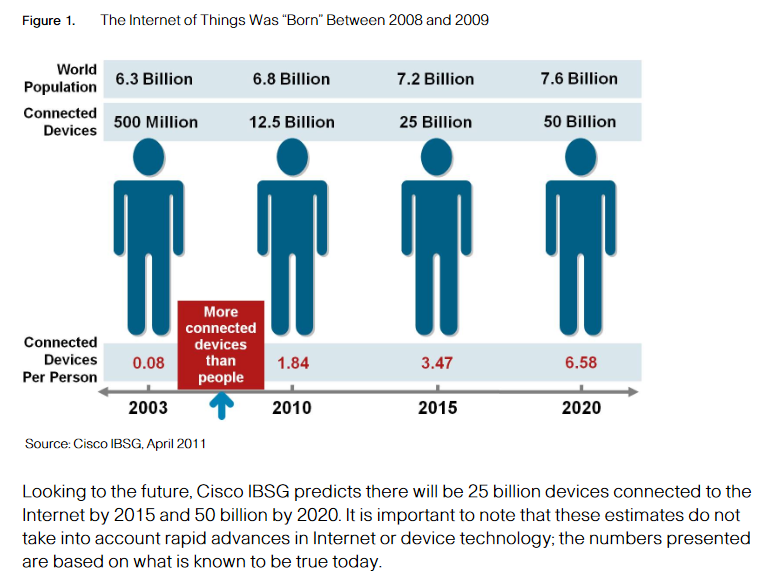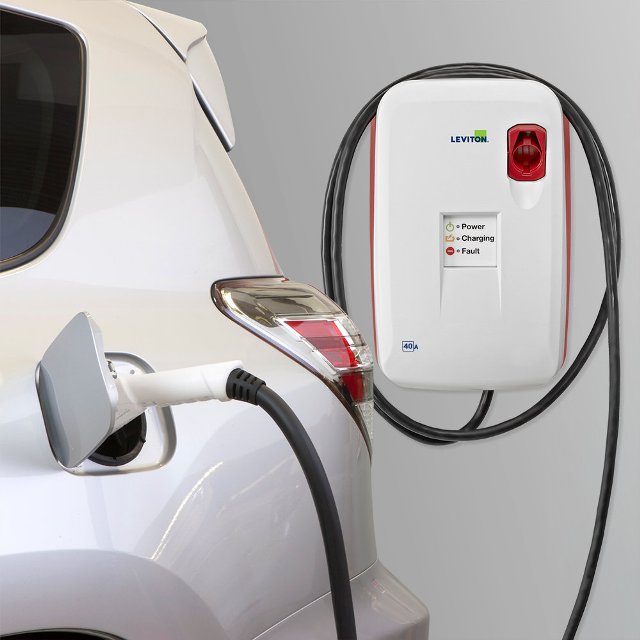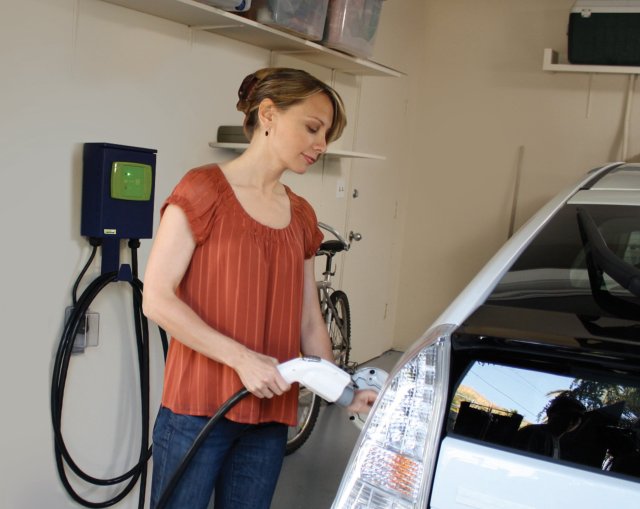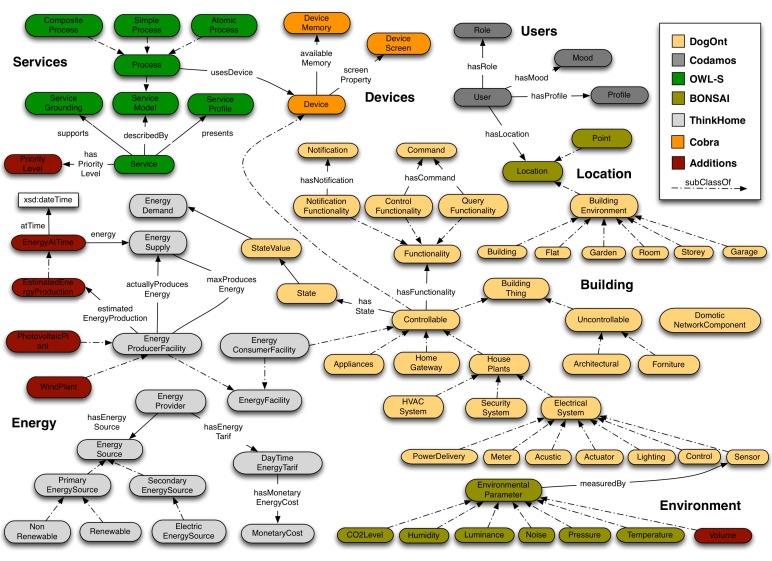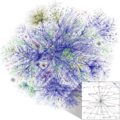Category:IOT
<addthis />
Internet of Things
The Internet of Things (IoT) is the network of physical objects—devices, vehicles, buildings and other items—embedded with electronics, software, sensors, and network connectivity that enables these objects to collect and exchange data. The IoT allows objects to be sensed and controlled remotely across existing network infrastructure, creating opportunities for more direct integration of the physical world into computer-based systems, and resulting in improved efficiency, accuracy and economic benefit; when IoT is augmented with sensors and actuators, the technology becomes an instance of the more general class of cyber-physical systems, which also encompasses technologies such as smart grids, smart homes, intelligent transportation and smart cities. Each thing is uniquely identifiable through its embedded computing system but is able to interoperate within the existing Internet infrastructure. Experts estimate that the IoT will consist of almost 50 billion objects by 2020...
2011 - Cisco Internet Business Solutions Group (IBSG) / White Paper
The Internet of Things: How the Next Evolution of the Internet Is Changing Everything
It is important to agree on a definition. According to the Cisco Internet Business Solutions Group, IoT is simply the point in time when more “things or objects” were connected to the Internet than people.
In 2003, there were approximately 6.3 billion people living on the planet and 500 million devices connected to the Internet.
By dividing the number of connected devices by the world population, we find that there was less than one (0.08) device for every person.
Based on Cisco's definition, IoT didn’t yet exist in 2003 because the number of connected things was relatively small given that ubiquitous devices such as smartphones were just being introduced. For example, Steve Jobs, Apple’s CEO, didn’t unveil the iPhone until January 9, 2007 at the Macworld conference.
Explosive growth of smartphones and tablet PCs brought the number of devices connected to the Internet to 12.5 billion in 2010, while the world’s human population increased to 6.8 billion, making the number of connected devices per person more than 1 (1.84 to be exact) for the first time in history.
Refining these numbers further, Cisco estimates the IoT was “born” sometime between 2008 and 2009 (see Figure 1).
○ ○ ○ ○ ○ ○ ○ ○ ○ ○ ○ ○ ○ ○ ○ ○ ○ ○ ○ ○ ○ ○ ○ ○ ○ ○ ○ ○ ○ ○ ○ ○
Internet of Things and Intelligent Energy Efficiency: A Green Thing
○ ○ ○ ○ ○ ○ ○ ○ ○ ○ ○ ○ ○ ○ ○ ○ ○ ○ ○ ○ ○ ○ ○ ○ ○ ○ ○ ○ ○ ○ ○ ○
Greening the Internet of Things
- Green Your Home, Your Office, Your Car
IOT Energy Efficiency, the Challenge to Come
http://www.greenpolicy360.net/w/File:Smart_home-energy-3d.png
Smart Homes
- Iot / Internet of Things
- Energy Efficiency
http://www.greenpolicy360.net/w/Category:Building_Standards
(2016) -- "Smart Home" is a term commonly used to define a residence that has appliances, lighting, heating, air conditioning, TVs, computers, entertainment audio & video systems, security, and camera systems that are capable of communicating with one another and can be controlled remotely by a time schedule, from any room in the home, as well as remotely from any location in the world by phone or internet.
Installation of smart products give the home and its occupants various benefits — the same benefits that technology and personal computing have brought to us over the past 30 years — convenience and savings of time, money and energy.
Most homes do not have these appliances and systems built into them, therefore the most common and affordable approach is for the home owner to retrofit smart products into their own finished home.
Most products are available in one of four protocols (the means of communication between themselves) and all of these are compatible with the internet, phone, and cell phones. These are the names for the four: X10, Z-Wave, UPB and EnOcean. Products that use the same protocol offer the ability to add products and hardware at the homeowners own pace and budget. The system can grow to meet the needs of a changing family as time goes on. All of these products can be selected from various manufacturers, preventing an expensive obsolescence or non-competitive pricing.
○
An emerging important feature of a smart home is conservation of the earth's limited resources.
More and more people are becoming aware of the ability to make their homes and offices truly smart — and green — by utilizing home controllers integrated with all home sub-systems to increase savings by controlling lighting, window coverings, HVAC, irrigation and by monitoring usage.
Many home controllers have built-in monitoring systems whereby they calculate and log usage by all connected devices, giving the home owner heightened awareness and the knowledge to make changes as necessary. These systems can even be accessed over the Internet from anywhere in the world so the homeowner can adjust consumption any time, anywhere.
○
Subcategories
This category has the following 2 subcategories, out of 2 total.
S
W
Pages in category "IOT"
The following 3 pages are in this category, out of 3 total.
Media in category "IOT"
The following 12 files are in this category, out of 12 total.
- Beginning of WWW 89 TimBerners-Lee CERN.jpg 522 × 753; 46 KB
- Born-digital-generation.jpg 387 × 259; 95 KB
- Internet map wikipedia.png 600 × 600; 691 KB
- Internet of Things estimates of growth.jpg 698 × 400; 35 KB
- Internet of Things industry sectors.png 698 × 345; 83 KB
- Internet worldwide distribweb collab.jpg 830 × 592; 73 KB
- IoT-infographic.png 698 × 353; 80 KB
- IOTl multi-trillion-market.jpg 698 × 436; 45 KB
- Smart home-energy-3d.png 703 × 356; 244 KB
- SmartHomeOntology.jpg 772 × 561; 154 KB
- Wordcloud.jpg 777 × 420; 60 KB
- Building Standards
- California
- Citizen Science
- City-County Governments
- Climate Policy
- Energy
- Energy Policy
- Green Best Practices
- LEED
- Planet Citizen
- Planet Citizens, Planet Scientists
- Renewable Energy
- Smart Homes
- Solar Energy
- Sustainability Policies
- Climate Change
- Ecology Studies
- Environmental Full-cost Accounting
- Environmental Protection
- Environmental Security
- Externalities
- Green Politics
- Internet
- Online Privacy
- Planet Scientist
- Planetary Science
- Sustainability

